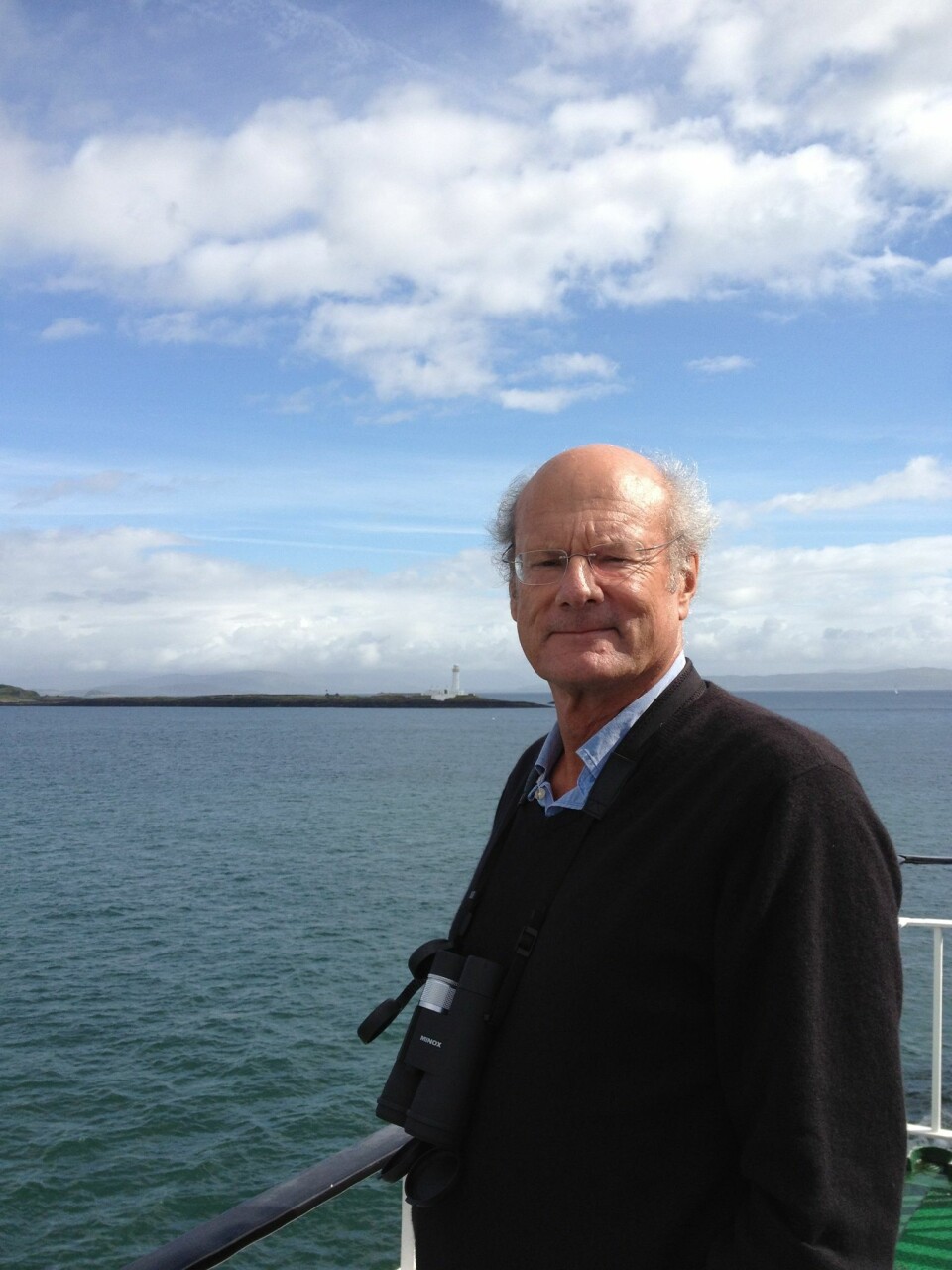
Tributes paid to Scottish stalwart
Tributes have been paid to Guy Mace, the former MD of BioMar and one of the pioneering figures in the Scottish aquaculture industry, who passed away peacefully at his home in Fife last week at the age of 65.
A popular and well-respected figure in the industry, Guy served as MD of BioMar from 2000 until his retirement earlier this year, although his aquaculture career began back in the early 1970s.
Roger Thwaites, who worked with Guy from 1973-1986, told Fish Farming Expert: “Guy will be greatly missed and had a huge influence on global aquaculture. In the mid-80s, when he had a pioneering finfish farm at Hunterston, he probably knew more about marine finfish than any other person alive – he looked at the production of at least 11 species – from salmon and trout, through to oysters, turbot and Dover sole.
“He was a great and inspirational leader who was able to put together a team and get them to work well for him. It was no surprise that there were almost 250 people at his funeral, many of whom were from the aquaculture industry.
"We are all really saddened by Guy’s death, coming just four months after his 65th birthday and semi-retiral. He was a close friend, a good and decent person, and lots of fish farming folk owe him a debt of gratitude."
After completing a degree in zoology he started working on a recirculation trout project at Ardchattan, near Loch Awe, which he followed up with an MSc at the Unit of Aquatic Pathobiology – the forerunner of the Institute of Aquaculture – at Stirling University.
He then joined Golden Sea Produce (GSP), which had been established by his father. At the time, in 1974, it was only GSP, Marine Harvest and Booker McConnell farming salmon in Scotland.
He became MD of the company after his father’s death, in 1979, by which time they’d built up the business to include growing turbot and Dover sole at Hunterston power station, a shellfish business, a hatchery and a sea life centre, on Loch Creran.
In 1979, he had his first major business setback, when a toxic algal bloom of Flagella x in Loch Striven killed over half his salmon. Interestingly, scientists from Porton Down heard about the bloom and the fact it was making divers feel ill and came to investigate the possibility of using this alga in biological warfare.
After this he relocated the company’s salmon operations from the Firth of Clyde to Loch Creran, Loch Spelve and Lochaline.
Around this time he was also investigating the future of GSP’s turbot farm at Hunterston A, but concluded it would be better off in Galicia, where the project received the backing of Norske Hydro and the Bank of Bilbao, and has since grown in to a highly successful business. Meanwhile GSP – which was sold to Norske Hydro in 1983 – began to focus on, and invest heavily in, salmon farming, growing around 10,000 tons of salmon per annum under the Hydro Seafood GSP name, becoming the second largest producer of salmon in the country after Marine Harvest.
However in 1998-9 it was the first company to report a suspicion of ISA – “a very unfortunate claim to fame,” Guy commented – in Loch Nevis. This resulted in the compulsory slaughter of 50-60% of the stock without any government compensation – a massive financial blow, which ultimately caused Norsk Hydro to exit aquaculture in Scotland and for the business to be sold and rebranded as Scottish Sea Farms and which point he joined BioMar.
“Scottish aquaculture has,” he reflected in a previous interview, “provided a fantastic career and many unique experiences”.






















































